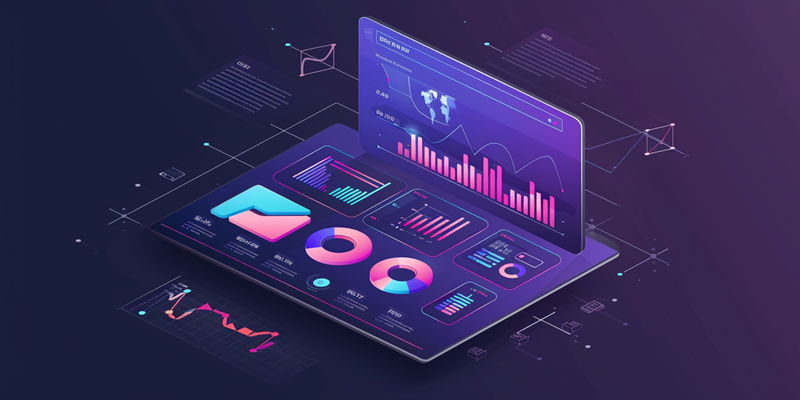In the modern era of business, where data reigns supreme, the archaic approaches to operations are giving way to more data-centric strategies. A key player in this shift is the technology of process mining. This powerful tool does far more than sift through data; it merges cutting-edge tech with deep insights to turn vast amounts of information into a wellspring of strategic knowledge.
Process mining stands as a beacon in the digital landscape, offering organizations the ability to not just investigate but truly understand and improve their processes based on empirical data. Companies that leverage this technology stand to gain an invaluable vantage point, identifying inefficiencies and optimizing workflows in ways traditional methods could never achieve. This profound impact on business intelligence and operations positions process mining as a critical component for a competitive advantage in the relentless pace of today’s business world.
Unlocking Process Transparency
Process mining is an innovative approach that utilizes data already accrued within an organization to drive significant process improvements. By examining the footprints left after transactions or events, it synthesizes an accurate picture of how business processes are actually performed. This insight is vital in identifying discrepancies between the supposed process model and the real enactment of processes within an organization. Subsequently, it thoroughly maps entire flow chains, spotlighting areas with potential for optimization like bottlenecks, redundant tasks, and other forms of waste in the system. This level of transparency is often unattainable through conventional means due to human biases and the inherent limitations of manual process mapping, which typically rely on idealized, rather than actual, workflows.
Industries diversified in scale and complexity have found this transparency indispensable. The detailed maps generated by process mining are not just illustrative of the flow but are also quantitative, offering rich insights on durations and frequencies. The direct consequence is the ability to not only visualize inefficiencies but to measure their impact accurately. These measurable insights are key in drawing actionable roadmaps towards optimization, where organizations can reliably prioritize their efforts to the areas that promise the most substantial returns.
The Backbone of Data-Driven Decisions
For effective process mining, robust data infrastructure is crucial. Fragmented or non-cohesive systems lead to flawed process analysis. Data fabric frameworks are ideal as they knit together diverse data sources for unified analysis, essential for thorough process mining.
Proper data architecture enables process mining tools to accurately depict existing business processes, paving the way for continuous refinement. This approach dovetails with lean management, bolstering an organization’s adaptability to market changes. Businesses can thus fine-tune processes in real time, nurturing a culture rooted in data-driven improvement.
Process mining is key for pinpointing and correcting inefficiencies in business processes. Through advanced data analysis and strong data systems like data fabrics, companies gain unmatched operational transparency and nimbleness. This greatly enhances decision-making and redefines organizational efficiency and expansion.

